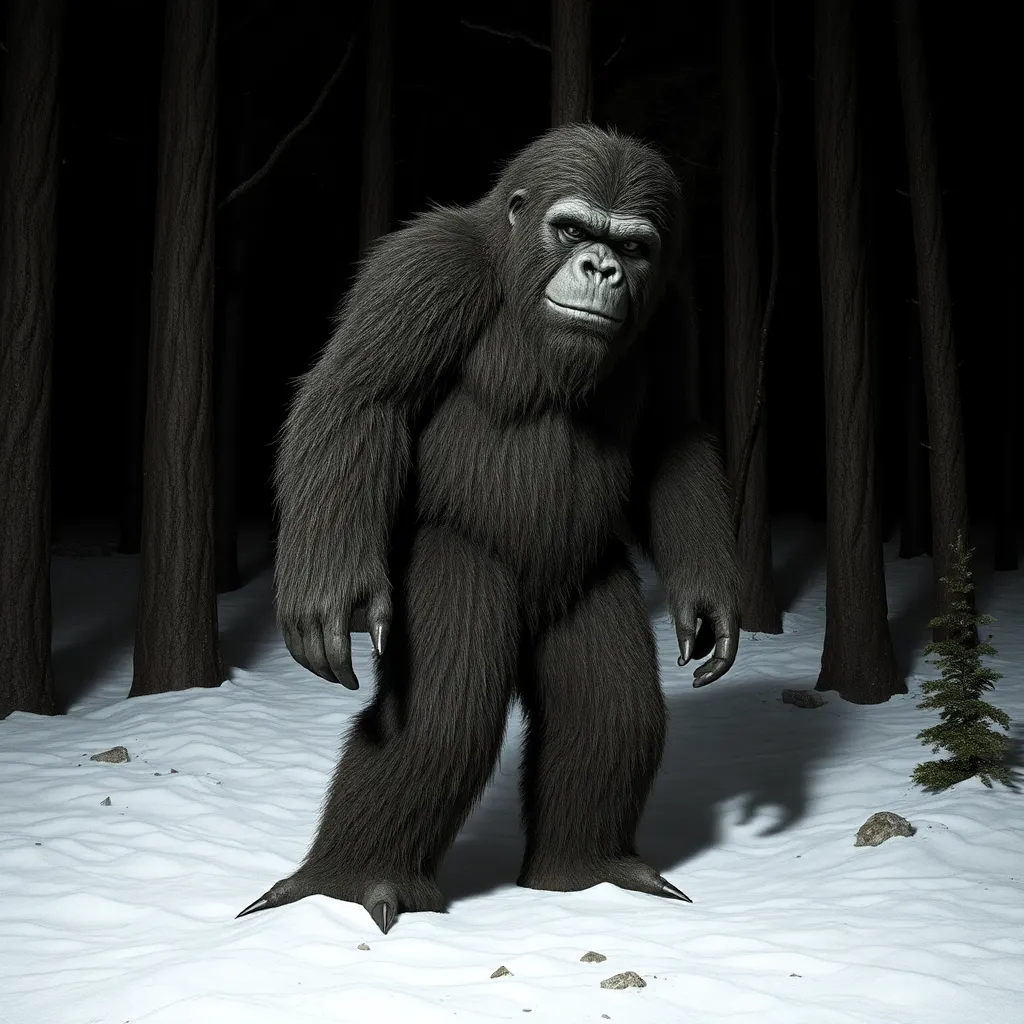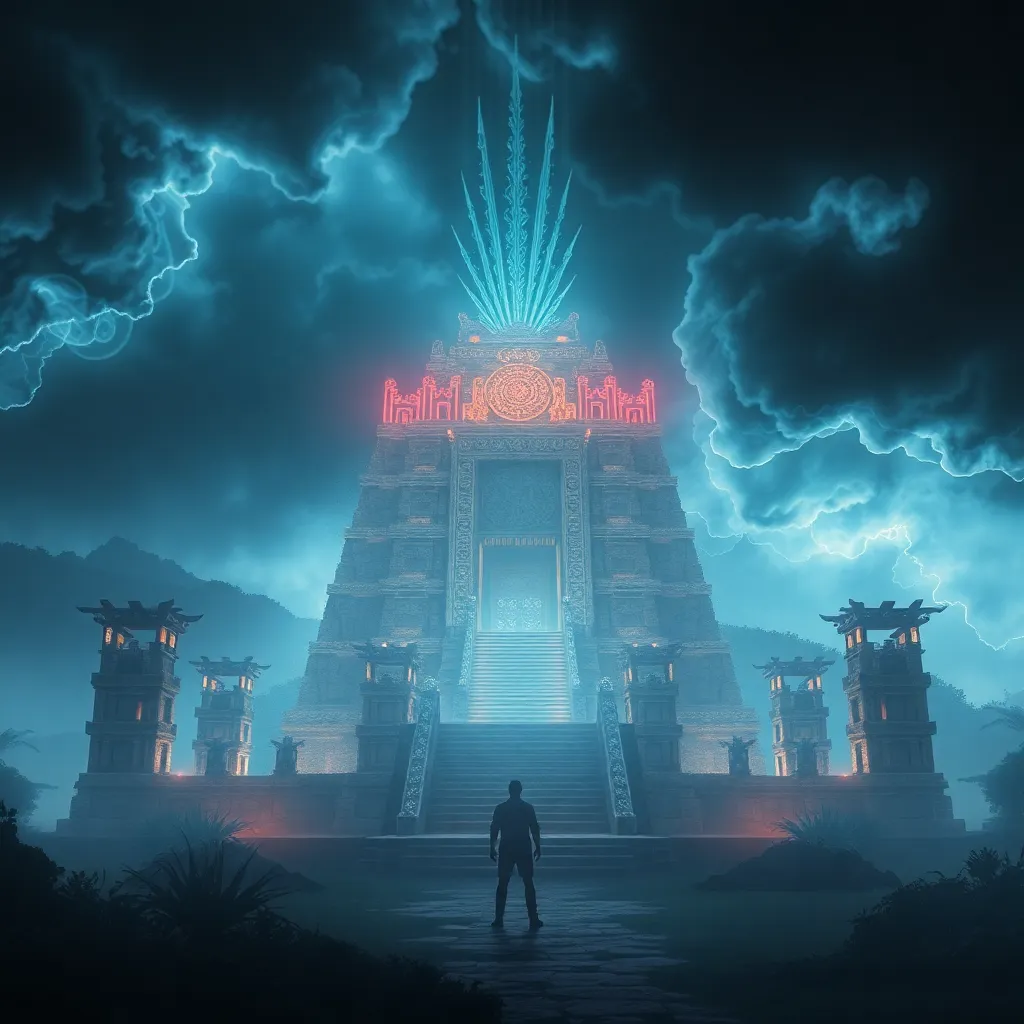The Bigfoot Myth in Popular Culture: Television, Movies, and Literature
I. Introduction
Bigfoot, often described as a large, hairy, ape-like creature, has become a legendary figure in North American folklore. The origins of the Bigfoot myth can be traced back to Indigenous cultures that spoke of a wild man living in the forests. Over the decades, the character of Bigfoot has evolved, becoming a staple of popular culture. This article aims to explore the representation of Bigfoot across various media, including television, film, and literature, highlighting its impact on society’s understanding and fascination with this enigmatic creature.
II. Historical Background of the Bigfoot Myth
The history of Bigfoot is steeped in early sightings and folklore. Native American tribes, such as the Salish and the Klamath, have long shared stories of a creature resembling Bigfoot, often referred to as “Sasquatch.”
In the 20th century, the legend began to gain traction with the advent of media coverage. The famous 1958 Bluff Creek incident, which involved the discovery of large footprints in California, sparked public interest and led to increased sightings and reports.
Media coverage, especially in newspapers and television, played a vital role in shaping public perception. The combination of sensationalism and genuine curiosity has contributed to Bigfoot’s persistent place in popular culture.
III. Bigfoot in Television
Bigfoot has made numerous appearances in television shows, contributing to its mythos. Iconic TV shows such as The Six Million Dollar Man featured Bigfoot as a formidable adversary, blending science fiction with folklore.
Reality television has also explored the Bigfoot phenomenon, with shows like Finding Bigfoot focusing on teams of enthusiasts searching for evidence of the creature’s existence. These portrayals often emphasize the thrill of the hunt while blurring the lines between reality and entertainment.
Documentaries have played a crucial role in shaping the myth, often presenting interviews with eyewitnesses and scientists. These programs aim to provide a more serious examination of the evidence surrounding Bigfoot, contributing to ongoing debates about the creature’s existence.
IV. Bigfoot in Movies
The cinematic portrayal of Bigfoot varies across genres, with notable films such as Harry and the Hendersons presenting a comedic take on the creature, while films like Willow Creek delve into horror.
In the horror genre, Bigfoot is often depicted as a menacing figure, invoking fear of the unknown. In contrast, comedies like Harry and the Hendersons humanize the character, presenting Bigfoot as a misunderstood creature.
The cultural impact of these films is significant, influencing audience perceptions of Bigfoot. Many viewers are left with an intriguing dichotomy: is Bigfoot a fearsome predator or a gentle giant?
V. Bigfoot in Literature
Bigfoot has also found a place in literature, with both classic and contemporary novels exploring the theme. Works such as The Legend of Boggy Creek and Bigfoot: The True Story of Apes in America delve into the lore surrounding the creature.
In children’s literature, Bigfoot is often portrayed in a whimsical light, serving as a character in stories that teach lessons about friendship and acceptance. Titles like Where’s Bigfoot? engage young readers, making them part of the adventure.
The themes and symbolism in Bigfoot literature often revolve around the ideas of wilderness, the unknown, and humanity’s relationship with nature. Bigfoot often embodies the allure and mystery of the wild, prompting readers to ponder their connection to the natural world.
VI. The Influence of Bigfoot on Popular Culture
Beyond media, Bigfoot has influenced various aspects of popular culture, including merchandise and branding. From clothing lines to toys, Bigfoot’s image is used in a variety of products, appealing to enthusiasts and the curious alike.
- Bigfoot-themed apparel
- Collectible figurines
- Stickers and decals
As a cultural icon, Bigfoot has inspired artists and musicians, with references appearing in songs and visual art. This proliferation of Bigfoot-related content reflects a broader fascination with the creature.
The rise of Bigfoot festivals and community events across the United States has further solidified its place in popular culture. These gatherings celebrate the myth and allow enthusiasts to share their experiences and stories, fostering a sense of community among believers and skeptics alike.
VII. Skepticism and Criticism of the Bigfoot Myth
Despite its popularity, the myth of Bigfoot is met with skepticism. Scientific perspectives often dismiss the existence of Bigfoot due to a lack of empirical evidence.
Critics argue that media portrayals sensationalize the myth, contributing to the spread of misinformation. This sensationalism can overshadow legitimate scientific inquiry, leading to a polarized public perception.
Skepticism plays an essential role in the ongoing Bigfoot narrative. It encourages critical thinking and fosters discussions about the nature of belief and the human propensity to seek out the mysterious.
VIII. Conclusion
Bigfoot’s significance in popular culture cannot be understated. From television and movies to literature, the creature has captured the imagination of many, symbolizing humanity’s enduring fascination with the unknown.
The myth of Bigfoot continues to evolve, reflecting societal changes and cultural trends. As long as there are stories to tell and mysteries to ponder, Bigfoot will remain a captivating figure in media.
As we look to the future, the narrative surrounding Bigfoot will likely persist, fueled by a mix of skepticism, belief, and the timeless allure of the unknown.



